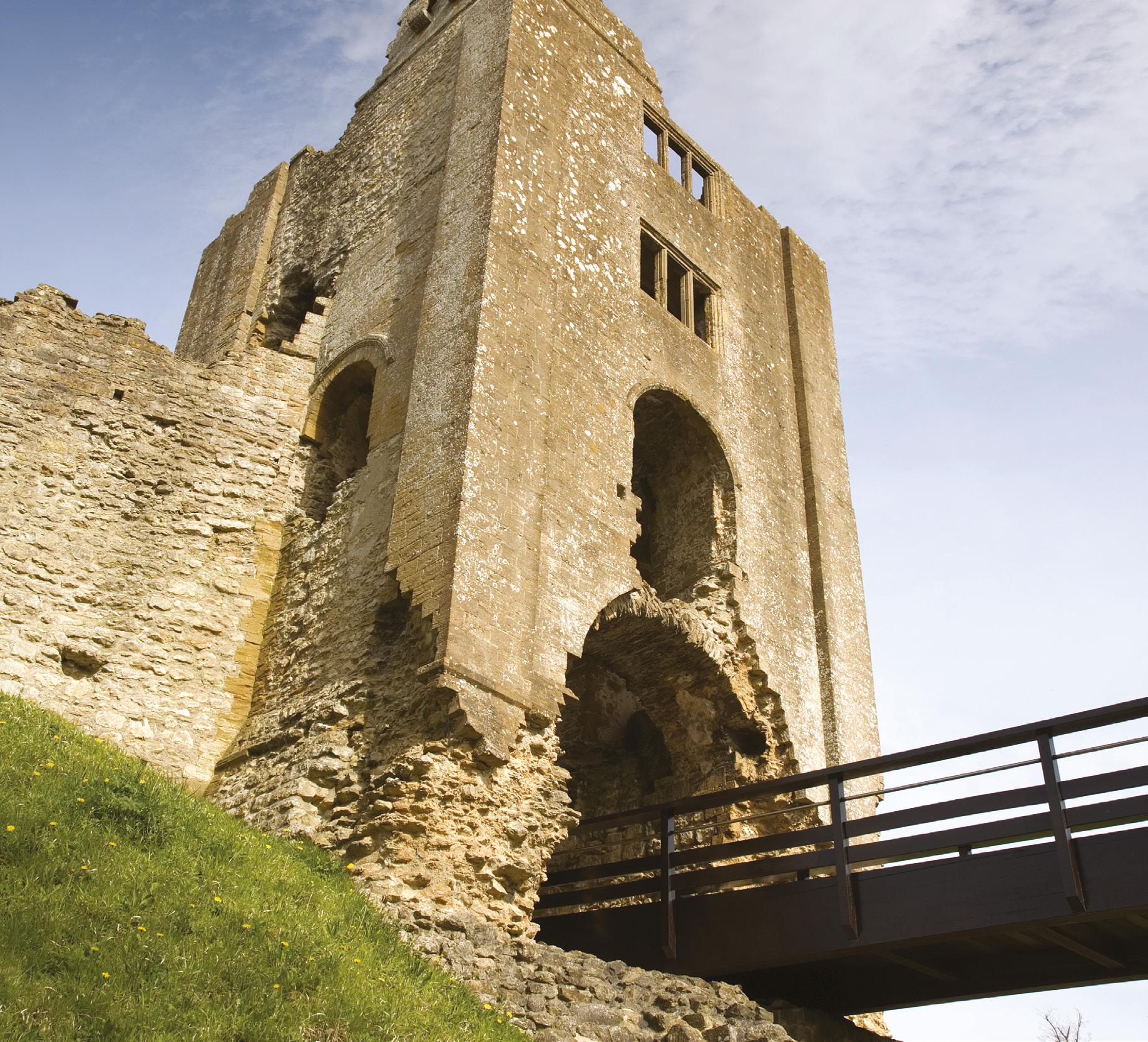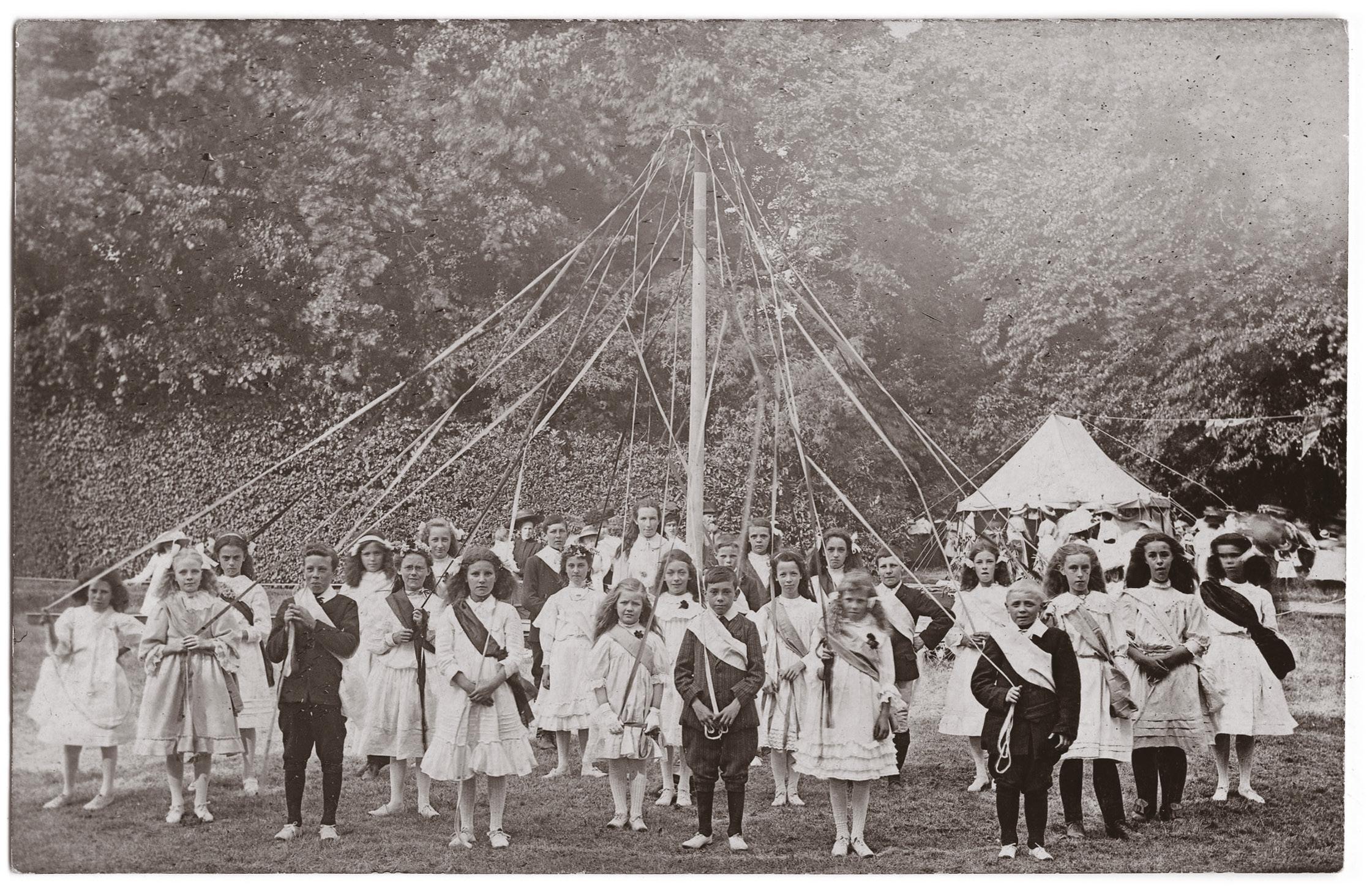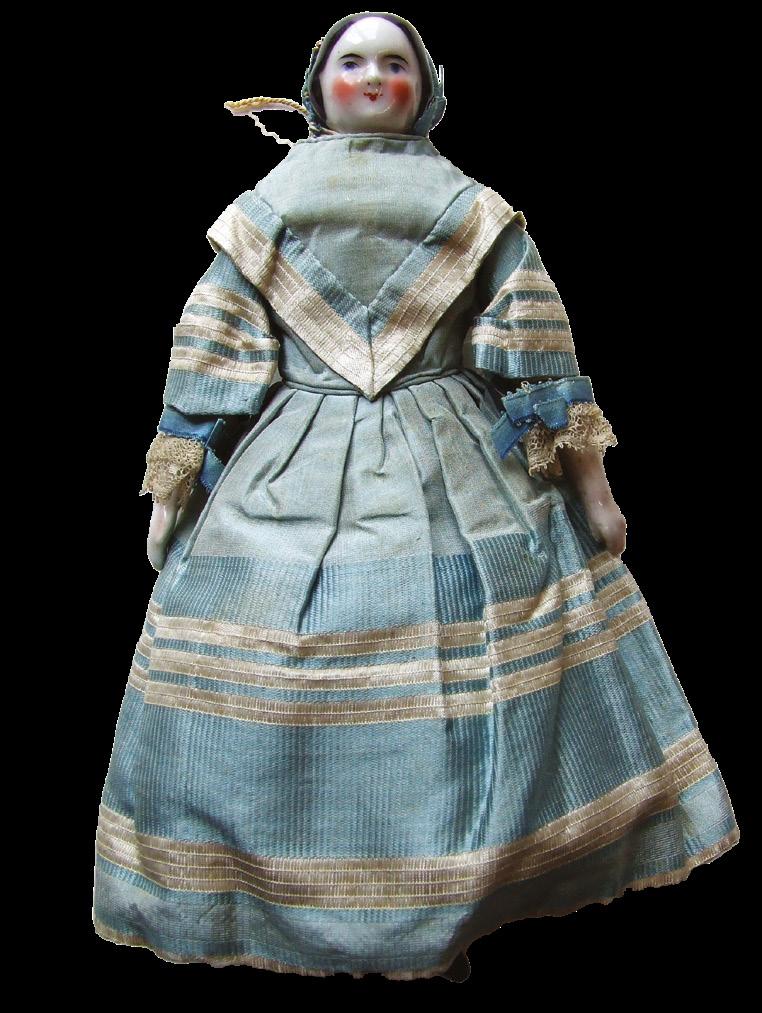
8 minute read
History
ST. OSMUND’S CURSE
Cindy Chant & John Drabik
Advertisement
Panglossian/Shutterstock
With this curse, during his declining years at the end of 11th Century, Osmund, relative of William the Conqueror and Bishop of Sarum, gave his lands at Sherborne to the Church.
Today, Sherborne Old Castle is just a picturesque ruin, yet it has had a turbulent history. It was built by Roger of Caen, Chancellor to King Henry I and also Bishop of Salisbury. Building commenced in 1122 and took 15 years to complete. The castle and its estates remained the property of the Bishop of Salisbury until King Stephen ordered their acquisition. Dogged by the Civil War, the King’s wealth soon diminished and, after having to surrender them to Robert of Gloucester in 1143, who soon after lost his life, Stephen lost his crown and his life - dying without an heir. Was this as a result of the curse? We felt a shiver up our spines… as we continued our research.
The castle then passed onto the Montague family, and the curse affected them too. One was slain in battle, and another beheaded. They then lost their last remaining son, who, while practising for a jousting tournament, was accidentally pierced by his father’s lance. And so, ended their male line.
The property was then, once more, restored to the Church. But then it came into the hands of Edward Seymour, the Duke of Somerset, who, due to his greed for power, shortly afterwards in 1552, was called to London by the boy King, Edward VI, and decapitated. The estates then passed to the young King, who died of consumption a year later, at the age of 15 years.
The lands were being passed from one owner to the next, each seemingly succumbed to the curse. Mary
Tudorsoon inherited the castle and gave money to the Church. Was this to pacify the dreaded curse? After a reign of only five years, and after several false pregnancies, she died childless at the age of 42.
Queen Elizabeth later misappropriated the estate when she leased it for a paltry rent, in 1592, to her favourite courtier, Sir Walter Raleigh. He had lusted after the castle ever since he first set eyes on it, while riding past on his way to Plymouth. At that very moment his horse stumbled and he fell to the ground. Was this a bad omen? Raleigh gained the lease of Sherborne Castle, and he hoped for happiness there. But it was not to be.
So did this strange curse strike again? He craved for peace in his life, during his last years in Sherborne, and set about building his ‘New Castle’, as the old one was proving to be too expensive to modernise. Raleigh’s downfall began in 1603, with James I accession, and his charge of high treason and consequent imprisonment in the Tower. The attorney general called him ‘A traitor, a monster, a viper, and a spider of hell.’ He did, however, remain a popular hero with the people, and so his sombre walk to the block was delayed, and after many years of lonely imprisonment, Raleigh was sadly executed on 29th October 1618.
It is here in the quiet setting of his lakeside grounds, that he is said to mysteriously appear each year on the eve of the feast of St. Michael – 29th September – dressed in his fineries and quietly walking under the trees, perhaps making his way to his favourite stone garden seat and then, he vanishes.
He had hoped that his son would inherit the lands, but James’ wily lawyers found a flaw in the documents, so they once more, reverted back to the Crown.
Henry Prince of Wales, son of James 1st, was next, seeking to acquire the lands with the intention of returning them to the Church. But he died suddenly, at the youthful age of 18 years. And so the relentless curse mercilessly continued.
James then leased the estate to his favourite, Robert Carr, Earl of Somerset, who held it for a short while, and then he too, accused of murder, was banished to the Tower, losing both the lands and his fortune.
The castle was sold to Sir John Digby in 1617, and as a reward for his services as ambassador to Spain, was created Baron Lord Digby of Sherborne, and later the Earl of Bristol. The Digbys took up residence and hold it still.
It seems that the curse is now satiated, as the lands have remained curse-free for 400 years… or is it?
Specialist Matthew Denney will be in the Sherborne area on Thursday 27th May to value your objects & antiques

MARY FEDDEN, OBE, RA (1915-2012)
STILL LIFE WITH FLOWERS, FRUIT AND A CAKE BOUGHT FOR £12,800 Welcoming Consignments for our Summer Sales
FREE VALUATIONS ALSO AVAILABLE
Online | Phone | Email | Whatsapp To make an appointment call or email 01460 73041 matthew.denney@lawrences.co.uk
Professional Valuations Available for Probate & Insurance
Complete House Contents & Attic Clearances Arranged
lawrences.co.uk

LOST DORSET NO.11 FERNDOWN
David Burnett, The Dovecote Press
May Day at the village school in 1910, a tradition still carried by many primary schools today. Twenty Dorset villages are known to have had maypoles, of which Shillingstone’s was the tallest at 120 feet. May Day celebrations were once far more boisterous. In Wool, the sweep danced with the May Queen. ‘Hallooboys! Hallooboys! Let the bells ring!’ cried the boys in some villages, waking the inhabitants by blowing cows’ horns and ringing hand bells. Along the coast, it was celebrated on ‘Old’ May Day, usually 12th May, with children carrying garlands from house to house, young and old alike later dancing the ‘Dorset Ring Dance’ to the village band. The garlands were then rowed out to sea and thrown overboard to bring luck for the mackerel season ahead. It was the church and school authorities in Victorian times who purged May Day of its rough and tumble. Happily, those staunch defenders of Dorset traditions the Wessex Morris Men still dance on top of Giant Hill, Cerne Abbas, at dawn on May morning, waving green branches to welcome in the spring.
Lost Dorset: The Villages and Countryside 1880-1920, by David Burnett, is a large format paperback, price £12, and is available locally from Winstone’s Books or directly from the publishers.
dovecotepress.com
OBJECT OF THE MONTH THE VICTORIAN DOLL
Elisabeth Bletsoe, Curator, Sherborne Museum
At the museum, we have a modest collection of 24 dolls, most of which have been donated by residents of Sherborne. They range from the more exquisite and expensive, created by wellknown C19th German makers such as Gerbrüder Heubach, Simon & Halbig and Shoenau & Hoffmeister, to the home-made wooden ‘peg doll’. Many have beautifully made hand-sewn clothes, through which the owners or, more likely, their mothers or grandmothers expressed their skills and creativity.
This particularly dainty china shoulder head doll, just 18.5 cm high, has a stuffed calico body and china lower arms and legs. She has a white varnished face with painted brows, nostrils and lips, blue eyes and very rosy cheeks. There are no maker’s marks visible, but these types of doll heads were made in Germany and can be dated by their moulded black hairstyles; this one is known as the ‘covered wagon’ style, which dates the doll to 1850. It has a middle parting and high forehead, being flat on top with vertical sausage curls around the sides and back of the head. The front and back plate have a threading hole at each end by which the head is stitched to the body. The forearms and hands are moulded of a single piece, without separated fingers, and the lower limbs remain white with black painted ankle boots.
Hidden under her dress are a lawn cotton chemise with a Broderie Anglaise trim around the neck and sleeves, and a long lawn petticoat which falls from under the arms down to the lower calves, with real lacing at the back; the bodice is stitched to the skirt and the whole dress is decorated with bands of horizontal stitching. She also has another waist petticoat in cream flannel, with a row of feather stitching in satin thread near the hem, and coarse fabric bloomers into which are sewn her legs and lower body. Her outer garments are the epitome of 1850s fashion; a dress of blue and white silk with a dome shaped skirt, evenly distributed and supported by the multiple petticoats, with bretelles spreading from the centre line to the shoulders creating a V shape that emphasises the waist. The pagoda sleeves are worn with engageantes, or detachable sleeves, made of white lace. The back of the dress fastens with tiny glass bugle beads and loops of gold thread with ties at the nape of the neck. The outfit is embellished with blue ribbons and a blue silk hair band with gold decoration and white thread tying it under the chin.
Although this doll is rather sweet, some that we have are also vaguely sinister with their wax faces, glass eyes, human hair and lips parted to reveal small teeth; en masse they can seem like a miniature Victorian orphanage. And yes, fear of dolls or pediophobia, is a recognised psychological condition. However one feels about them, they all repay research into their provenance; we treat them with equal respect and care because, as their various scuffs and scrapes attest, someone has at one time loved them very much, played with them and derived comfort and companionship from them.

sherbornemuseum.co.uk
Sherborne Museum is currently closed and looks forward to welcoming back volunteers and visitors when it is safe to do so.








